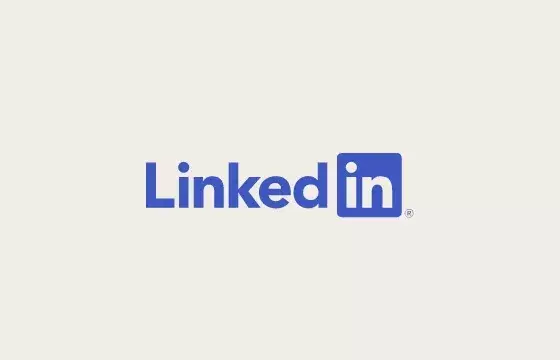Microsoft periodically offers insights into LinkedIn’s performance as part of its broader market updates, but how much can we truly learn from these revelations? A deep dive into the shared data reveals a familiar pattern—consistent proclamations of “record engagement” and rising revenue figures echoing throughout the quarters. One might argue that the predictability of these reports borders on monotonous. Since 2018, LinkedIn has seemingly set new engagement records almost every quarter, creating a narrative that raises eyebrows. Is it plausible that such consistent growth exists in a platform that is, by its nature, niche? As we navigate through the layers of LinkedIn’s updates, there are deeper questions to consider regarding the true nature of user engagement.
Crucially, one must differentiate between membership counts and actual user engagement. LinkedIn recently celebrated surpassing one billion registered members—an impressive statistic on the surface. However, the operational definitions of ‘members’ versus ‘active users’ vary widely, particularly in the social media landscape. Many platforms typically report active user engagement because it provides a more accurate representation of how users interact with the platform. In contrast, LinkedIn’s focus remains firmly fixed on total sign-ups, which can be misleading. For instance, if Twitter (now X) boasted about its billions of accounts without contextualizing the active user base of 500 million, it would invite skepticism. Yet somehow, LinkedIn manages to avoid the same scrutiny.
Observations reveal that in the European Union alone, less than 30% of LinkedIn’s claimed members are regularly active, suggesting a reality of around 300 million active users. Such statistics paint a more realistic picture of LinkedIn’s user engagement and challenge the narrative of unparalleled growth being touted constantly.
An intriguing aspect of LinkedIn’s reporting is its selective transparency. While boasting about growth and engagement, the platform often fails to provide detailed insights into the nature of user interaction. Why does LinkedIn choose to emphasize broad membership numbers rather than offering concrete data on active participation? This could be indicative of the platform’s understanding of its niche positioning — it is not competing for mass appeal like its counterparts in social media, such as Facebook or Instagram. However, this strategy has raised concerns among industry observers.
The introduction of features mimicking trends seen in broader social media—from ephemeral Stories to video feeds—highlights LinkedIn’s attempts to blend in, yet there’s skepticism about the efficacy of these additions in enhancing user engagement. Insights suggest that these features may diverge from the platform’s professional focus and fail to resonate with its user base.
Despite the discourse on engagement metrics, one undeniable aspect remains: LinkedIn’s revenue has shown consistent improvement, growing by 10% in the latest quarter. This raises questions about how Microsoft perceives success within the platform. As artificial intelligence permeates Microsoft’s strategy, it brings forth an interesting dynamic. Will AI-driven enhancements lead to more meaningful engagement on LinkedIn, or will they merely propagate the same hollow metrics, validating revenue growth without a genuine increase in user interaction?
It is essential to note that the revenue rise has allowed LinkedIn to bolster its position within Microsoft’s ecosystem; however, the data provided leaves much to be desired. Observers may wonder if the focus on financial performance will come at the cost of authentic user engagement.
Ultimately, LinkedIn’s ability to maintain its relevance in a rapidly evolving digital landscape will hinge on its approach to user engagement. As it continues to report on record highs and embrace trends from larger social media platforms, the challenge will be to marry its professional ethos with evolving user expectations. The disparity between membership claims and actual engagement figures can no longer be conveniently glossed over. For the platform to thrive sustainably, it must present an honest account of its user base, while reexamining its strategy to maintain user interest and cultivate real engagement.
While Microsoft’s quarterly updates may herald growing revenues and engagement, the deeper questions about the actual narrative of LinkedIn’s active users remain unresolved and vital to understanding the platform’s future trajectory.


Leave a Reply